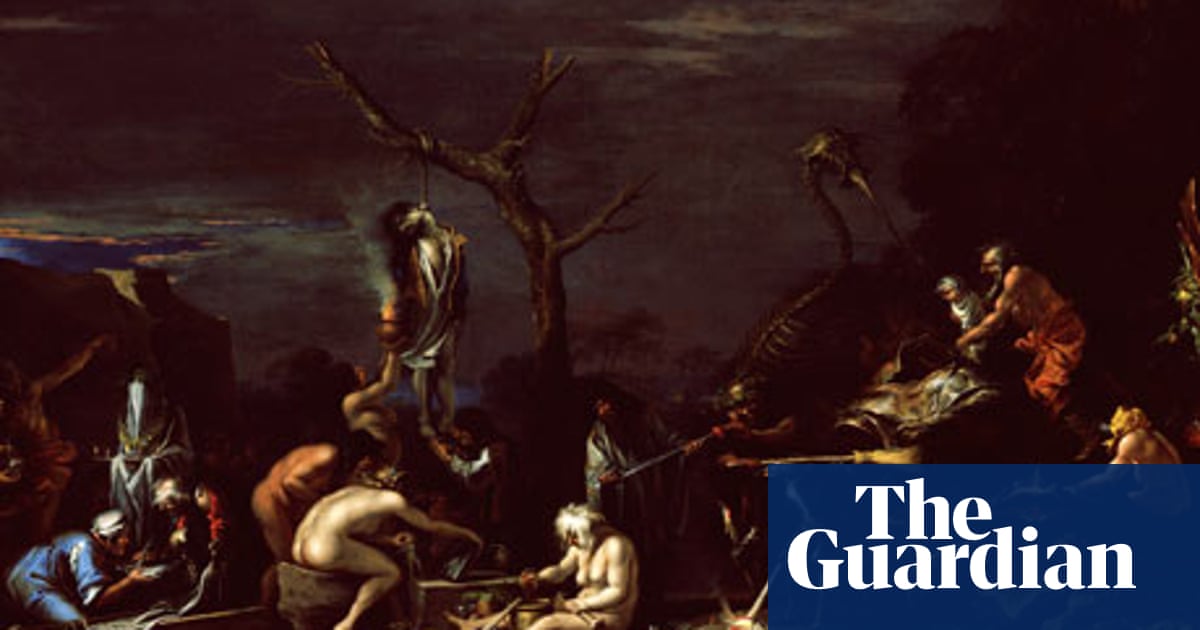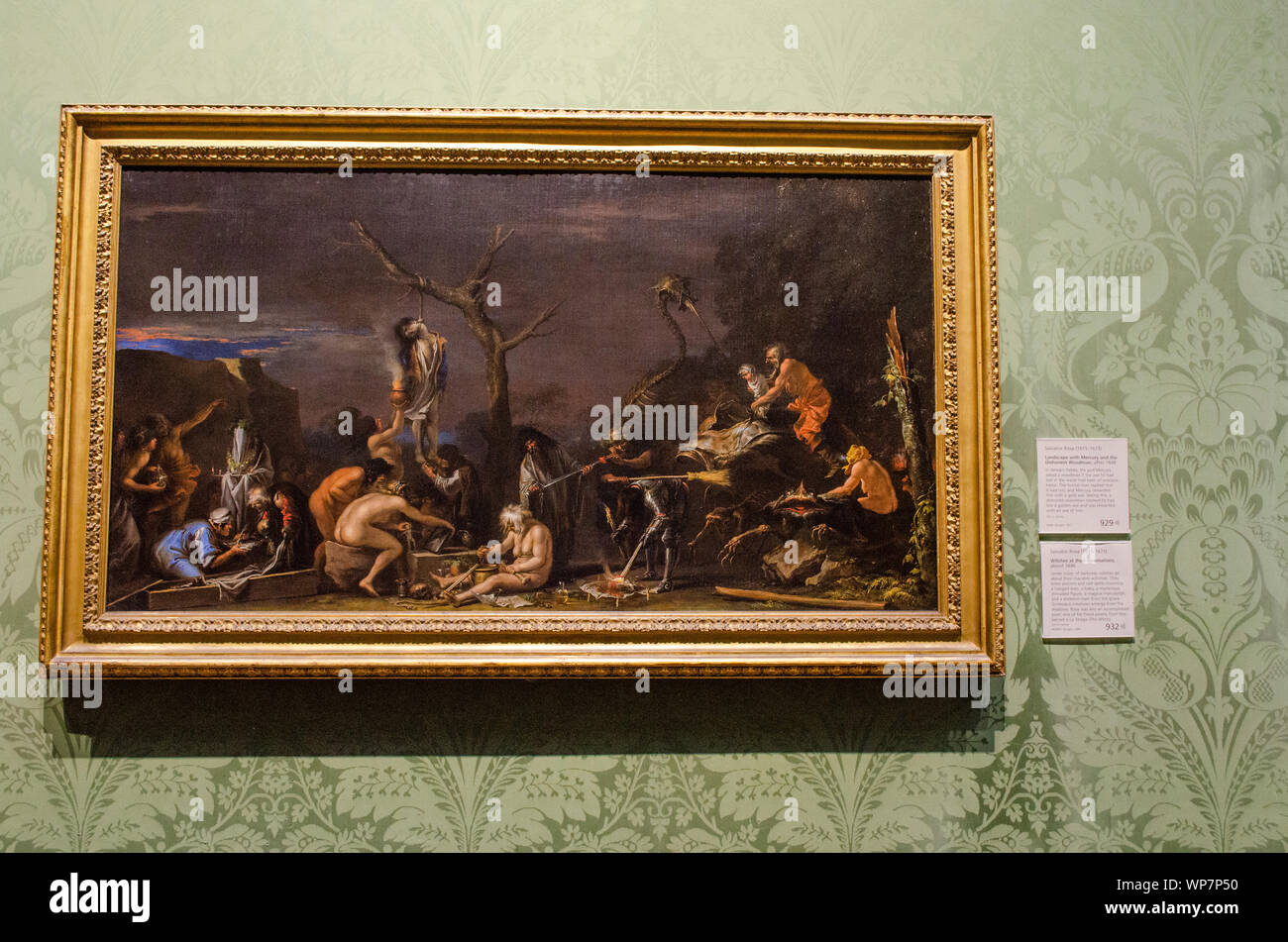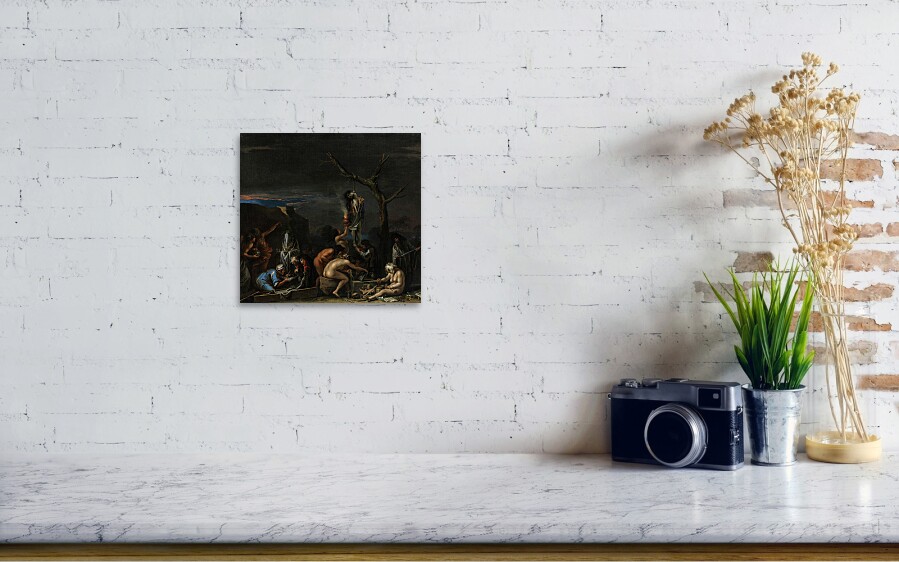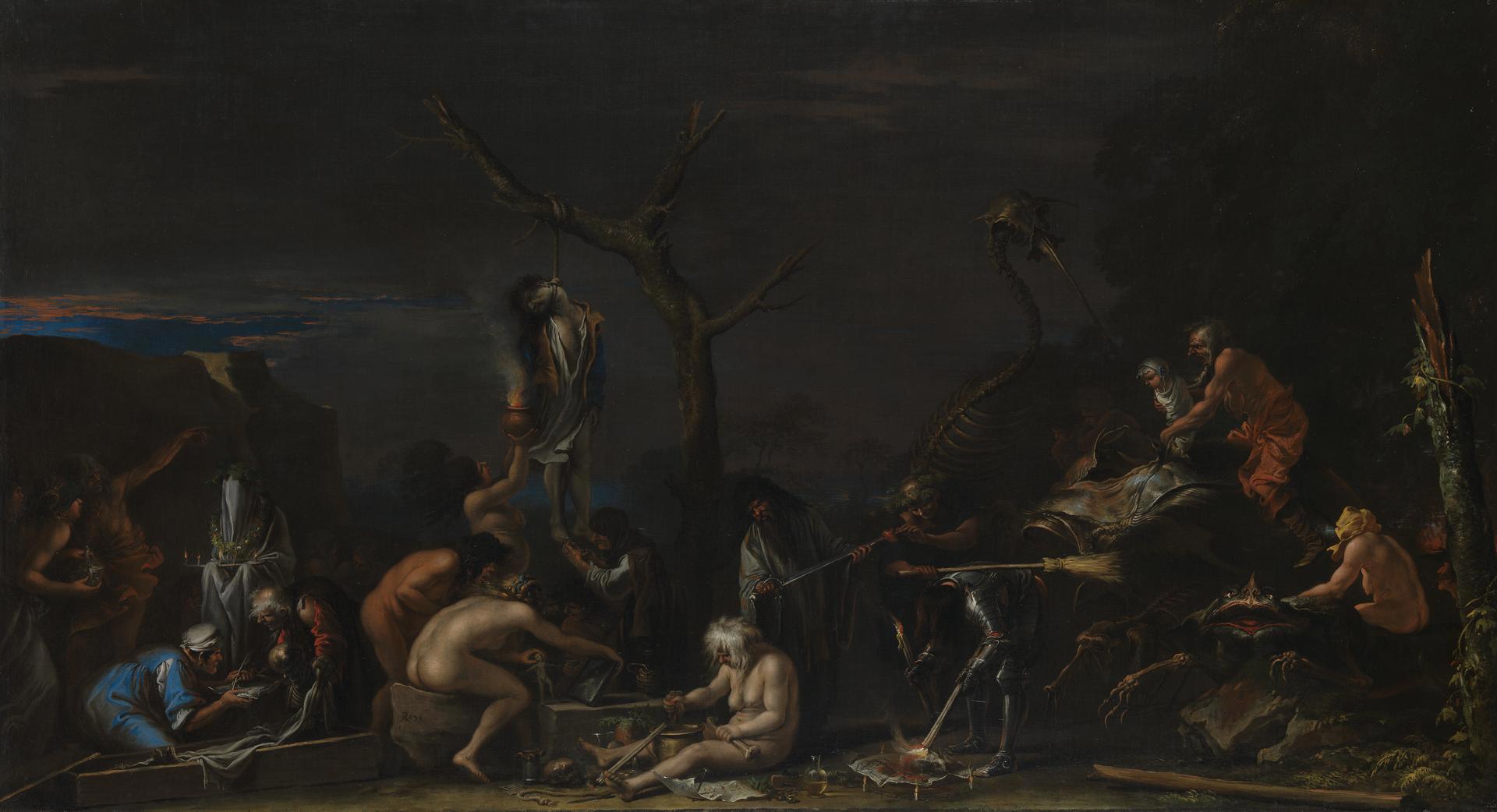
Image result for Salvator Rosa Witches at their Incantations (c. 1646
Salvator Rosa. Room 32. Wooded Bank with Figures. Probably by Salvator Rosa. On display elsewhere. You've viewed 6 of 11 paintings. See more add. Salvator Rosa, Witches at their Incantations, about 1646. Read about this painting, learn the key facts and zoom in to discover more.

iopanosiris Creepy paintings, Witch painting, Satanic art
Witches at their Incantations by Salvator Rosa, c. 1646, via the National Gallery, London. The Reformation, Counter-Reformation, war, conflict, climate change, and economic recession are all some of the factors that influenced the witch hunts across the two continents in various ways. They were a wide cultural, social, political phenomenon.

Two Little Halloween Witches Stock Image Image of cantrip, caucasian
Writing Powerful Magical Incantations That Work. By WiseWitch. In Witchcraft. 0 comment. "The origins of poetry are clearly rooted in obscurity, in secretiveness, in incantation, in spells that must at once invoke and protect, tell the secret and keep it.". - Mary Ruefle. There are many components that Witches put together for spells and.

Salvator Rosa >> Witches and their Incantations >> 1646 >> detail
Rosa worked in Florence from 1640-1649, during which he created various works depicting witchcraft. "Witches at their Incantations" is the most remarkable surviving example of these works. While paintings of the occult were atypical of 17th century Italy, there were some. In the center of this dark and mysterious scene, Rosa depicts the.

Bewitched Salvator Rosa's satanic art Painting The Guardian
A very bewitching scent, but i doubt this is how witchcraft incantations of yore would smell like. Update: the champaca pops up in the end and morphs everything in some sort of a clean soap-like concoction. Champaca can sometimes smell like white musk/ soap bubbles on my skin. Edited November 16, 2022 by theredkilt.

These famous witches can teach you a thing or two about brewing
Sorcerous Spells: Witch's Incantations. In the realm where magic and mysticism intertwine, where whispers of ancient spells echo through the enchanted forests and the flickering flames of cauldrons illuminate the secrets of the unseen, lies the essence of the witch. With a bewitching gaze and an intimate connection to the forces of nature.

Art Witches at their Incantations by Salvator Rosa
In its sampling of over 120 individual incantations rooted in the texts and lore of previous centuries, The Witch's Art of Incantation reveals the often overlooked diversity of the incantatory arts: charms that beckon, charms that command, charms that poison, charms that remember, charms that terrify, charms that praise and exalt. Because each charm is accompanied by an approximate date.

Witches at their Incantations Framed Print by Salvator Rosa
The voodoo witch-doll being stabbed in the head is just one of many examples of this on display. Salvator Rosa's harrowing painting Witches at Their Incantations (c.1646) adorns a wall in the final room. Nearby are several prints after designs by Albrecht Durer showing hypersexualized nude female witches.

David W Floyd Art — From “Witches at Their Incantations” by Salvator...
Witches at their Incantations Salvator Rosa. Beneath a pitch-dark sky, bizarre and terrifying magical spells are being cast. Monstrous figures, some of them naked, are arranged as if on a stage set, illuminated by scattered pools of light.In the centre, one witch smokes the corpse of a criminal that hangs from a withered tree while her comp.

Witches at their Incantations (detail), c.1646 by Salvator Rosa
The Witch's Art of Incantation: Spoken Charms, Spells, & Curses in Folk Witchcraft. Paperback - January 26, 2021. In its sampling of over 120 individual incantations rooted in the texts and lore of previous centuries, The Witch's Art of Incantation reveals the often overlooked diversity of the incantatory arts: charms that beckon, charms that.

Salvator rosa witches incantations hires stock photography and images
Perhaps for you, this is a painting you don't want to spend too much time looking at. The dark, twisted, strange and frankly terrifying scene certainly makes me feel pretty uncomfortable. It's pretty odd, even more so considering it was painted in about 1646. At the same time Rembrandt was painting his Self Portrait at the Age of 34, Claude Lorraine was painting The Judgement of Paris, and.

Pin by MASTER THERION on Witch Traditional witchcraft, Google art
Witches at their Incantations (1646) by Salvator Rosa in The National Gallery collection is one such example. '[Salvator Rosa] was also a poet, a playwright, he also knew all the influential people of the time,' says Deanna. 'And a lot of them at this time were as interested in witchcraft and the ideas about it as they were in other seventeenth.

Witches at their Incantations, 1646 Art Print by Salvator Rosa
His painting Witches at Their Incantations, which hangs today in the National Gallery in London, portrays terrible things happening in the Italian countryside in the wee small hours. A skeletal.

Witches And Their Incantations YouTube
Cécile B. Evans on Salvator Rosa's 'Witches at their Incantations' Evans draws a comparison between the themes of their own work and those of Salvator Rosa with curator Daniel Herrmann Rosa's painting is intriguing on many levels. A collection of strange characters busy themselves with mysterious spells in a spooky scene with no particular.

Salvator Rosa Witches at their Incantations NG6491 National
Witches at their Incantations by Salvator Rosa (1615-1673), about 1646, from The National Gallery, London. In the centre, one witch smokes the corpse of a criminal that hangs from a withered tree while her companion cuts its toenails. In front of them, naked witches use a wax effigy to cast a love spell; another, surrounded by a catalogue.

Dark Art Paintings, Meaningful Paintings, Witch Painting, Myths
Answers to a recent question about the superstition surrounding Macbeth linked to a Royal Shakespeare Company web page that claimed:. According to folklore, Macbeth was cursed from the beginning. A coven of witches objected to Shakespeare using real incantations, so they put a curse on the play. The witches appear in only four scenes: